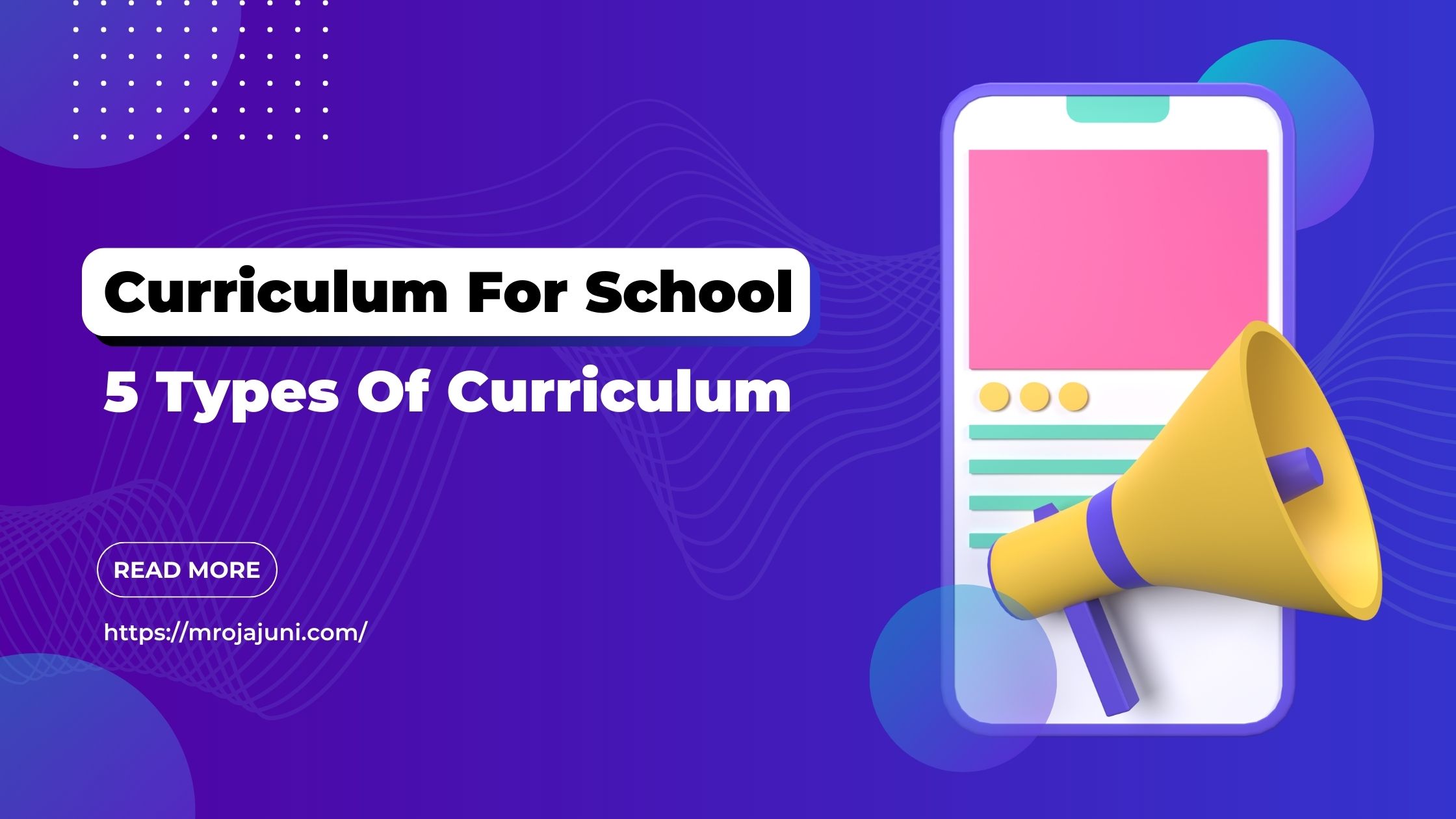Physical Address
Curriculum In Education
What Is Curriculum
Curriculum In Education
The curriculum typically includes subjects such as math, science, language arts, social studies, and physical education, and may also include specialized subjects such as art, music, foreign languages, and vocational education. The curriculum may be divided into grade levels or subject areas and may include a combination of required and elective courses.
Effective curriculum development involves careful planning, implementation, and evaluation. Curriculum developers must consider a variety of factors, including student needs and abilities, educational standards, available resources, and societal trends. The curriculum must also be flexible enough to adapt to changing educational needs and new technologies.
8 Major Types of Curriculum Are In Which The First 5 Types Are Essential And All Growing Schools Should Make Use Of Them.
- Child-Centered Curriculum. It is also referred to as a learner-centered curriculum
- Teacher-Centered Curriculum
- Core Curriculum
- Subject-Centered Curriculum
- Covert or Hidden Curriculum
- Integrated Curriculum
- Broad Field or Holistic Curriculum
- Activity-Centered Curriculum.
Importance Of Standard Curriculum
- Consistency and fairness: Standard curriculum ensures that all students in a particular grade level or subject area are learning the same content and skills, regardless of the school or district they attend. This promotes consistency and fairness in education and helps to reduce educational disparities between different communities.
- Quality control: Standard curriculum provides a benchmark for quality control in education. By setting clear learning objectives and standards, educators can ensure that students are receiving a high-quality education that meets national or international standards.
- Accountability: Standard curriculum helps to hold educators and schools accountable for student learning. By measuring student progress against predetermined standards, schools can identify areas of strength and weakness, and make adjustments to improve student outcomes.
- Preparedness: Standard curriculum helps to prepare students for success in college, careers, and life. By teaching a common set of knowledge and skills, students are better equipped to navigate higher education and the workforce and to engage with the world around them.
- Equity: Standard curriculum promotes educational equity by ensuring that all students have access to the same knowledge and skills, regardless of their background or circumstances. This helps to level the playing field for students who may have historically been underserved or marginalized. A standard curriculum is critical for promoting consistency, quality, accountability, preparedness, and equity in education.
The Goal Of A Curriculum
The goal of a curriculum is to provide students with the knowledge, skills, and abilities they need to succeed in their academic and professional lives. The curriculum plays a crucial role in shaping the educational experiences of students and is a key component of ensuring that students are prepared for success in college, careers, and beyond.
The curriculum plays a crucial role in shaping the educational experiences of students and is a key component of ensuring that students are prepared for success in college, careers, and beyond.
Curriculum In Education
